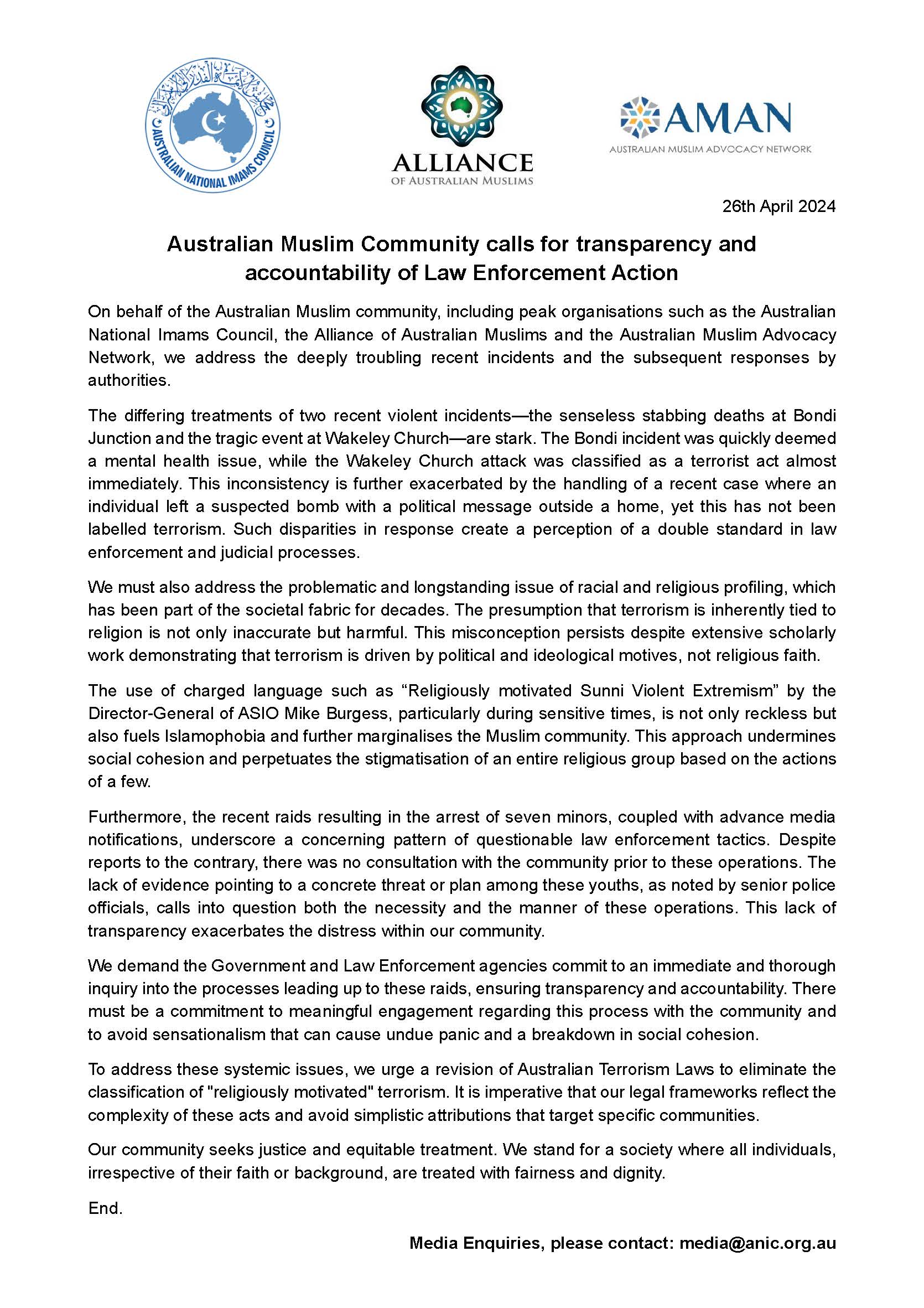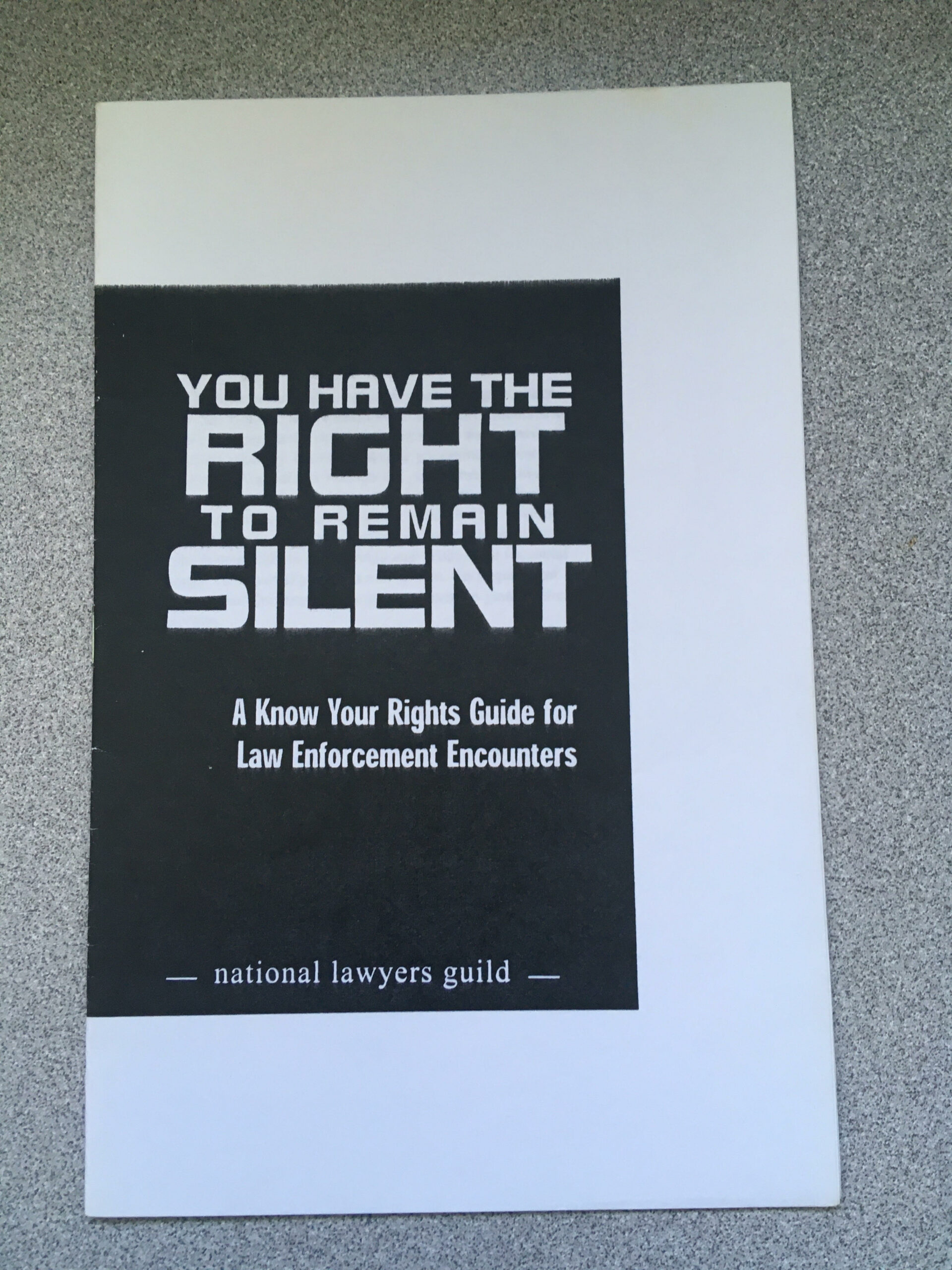Body cameras have become an increasingly common sight on law enforcement officers in recent years. These cameras offer a valuable tool for transparency and accountability, capturing raw footage of law enforcement encounters.
Editor's Note: Body Cam Captures Raw Footage Of Law Enforcement Encounters: A Tool For Transparency And Accountability have published today date. Body Cam Captures Raw Footage Of Law Enforcement Encounters: A Tool For Transparency And Accountability captures unfiltered footage of events, which can provide valuable evidence in cases of alleged misconduct or excessive force.
We have done some analysis, digging information, made Body Cam Captures Raw Footage Of Law Enforcement Encounters: A Tool For Transparency And Accountability we put together this Body Cam Captures Raw Footage Of Law Enforcement Encounters: A Tool For Transparency And Accountability guide to help target audience make the right decision.
Key differences or Key takeways:
|
Body Cam Captures Raw Footage Of Law Enforcement Encounters: A Tool For Transparency And Accountability |
Other Evidence | |
|---|---|---|
| Advantages | Provides a visual record of events that can be used to investigate complaints and exonerate officers | Can be limited in scope and may not capture all relevant information |
| Disadvantages | Can be expensive to purchase and maintain | May raise privacy concerns |
Overall, body cameras offer a number of benefits for law enforcement and the public alike. They can help to improve transparency and accountability, deter misconduct, and provide valuable evidence in cases of alleged wrongdoing.
FAQs
This FAQ section provides answers to frequently asked questions regarding the use of body cameras by law enforcement. These cameras capture raw footage of police encounters, promoting transparency and accountability.

Australian Muslim Community calls for transparency and accountability - Source www.anic.org.au
Question 1: What are the benefits of using body cameras by law enforcement?
Body cameras offer numerous advantages. They provide unbiased documentation of interactions between officers and the public, reducing the risk of false accusations or misunderstandings. Additionally, they enhance officer safety, serve as training tools, and promote public trust and confidence in law enforcement.
Question 2: How do body cameras ensure transparency and accountability?
Body camera footage serves as an impartial record of police encounters, allowing for objective review and assessment. If complaints or allegations arise, the footage can provide evidence to support or refute claims. This promotes accountability by ensuring that officers' actions are open to scrutiny.
Question 3: Are there any privacy concerns associated with body cameras?
Yes, privacy is a legitimate concern. However, law enforcement agencies have implemented strict policies and protocols to protect the privacy of individuals captured on camera. Access to footage is controlled and restricted, and measures are in place to minimize the collection of unnecessary data.
Question 4: How are body camera recordings stored and managed?
Body camera recordings are typically stored on secure servers or cloud-based platforms. Access to footage is limited to authorized personnel, and strict protocols govern its storage, retention, and destruction. Law enforcement agencies follow established best practices to ensure the integrity, security, and appropriate use of the recordings.
Question 5: Can body camera footage be used in court proceedings?
Yes, body camera footage can be used as evidence in court proceedings. It is subject to the same rules of evidence as other types of video recordings. Courts will review the footage in conjunction with other evidence and testimony to determine its relevance and admissibility.
Question 6: How do body cameras impact police training and policies?
Body camera footage can be a valuable tool for police training. It allows agencies to identify areas of improvement, enhance officer communication skills, and reinforce best practices. Additionally, body cameras can influence policy development by providing insights into how policies are implemented and enforced.
In summary, body cameras offer significant benefits for law enforcement. They enhance transparency, promote accountability, and support officer safety. While privacy concerns exist, they are carefully addressed through established protocols and policies. Body cameras contribute to a more equitable and informed relationship between the police and the communities they serve.
Read the full article on "Body Cam Captures Raw Footage Of Law Enforcement Encounters: A Tool For Transparency And Accountability" for a comprehensive understanding of this topic.
Tips
As noted in Body Cam Captures Raw Footage Of Law Enforcement Encounters: A Tool For Transparency And Accountability, body cameras capture unedited footage of interactions between law enforcement officers and the public. They can provide valuable insights into these encounters and help to promote accountability and transparency.
Tip 1: Use body cameras consistently and appropriately
To ensure that body cameras are capturing valuable footage, they should be used consistently and appropriately. This means turning on the camera at the start of every encounter and keeping it on until the encounter is resolved. Officers should also be trained on how to use body cameras effectively, including how to position the camera to capture clear footage.
Tip 2: Store and manage footage securely
Body camera footage is highly sensitive and should be stored and managed securely. This includes encrypting the footage to protect it from unauthorized access and ensuring that it is stored in a tamper-proof manner. Officers should also be trained on how to properly store and manage body camera footage.
Tip 3: Establish clear policies and procedures for using body cameras
To ensure that body cameras are used fairly and consistently, law enforcement agencies should establish clear policies and procedures for their use. These policies should include guidelines on when body cameras should be used, how the footage should be stored and managed, and how the footage can be accessed and used.
Body Cam Captures Raw Footage Of Law Enforcement Encounters: A Tool For Transparency And Accountability
Body cameras capture raw footage of interactions between law enforcement officers and the public, enhancing transparency and accountability. These devices offer multiple vantage points, providing crucial evidence for investigations and safeguarding both parties.
- Unadorned Footage: Raw, unedited recordings present an unbiased perspective.
- Evidentiary Value: Footage provides concrete proof for investigations and legal proceedings.
- Public Trust: Transparency builds trust between law enforcement and communities.
- Officer Protection: Footage can protect officers from false accusations and malicious complaints.
- Accountability and Oversight: Body cams facilitate independent oversight of law enforcement conduct.
- Cost-Effectiveness: Body cameras can reduce litigation costs and improve training practices.
In conclusion, body cameras are invaluable tools for promoting transparency, accountability, and trust in law enforcement. They provide raw footage, preserve evidence, enhance public trust, protect officers, facilitate oversight, and reduce costs. These aspects highlight the importance of implementing and maintaining body camera programs to ensure fairness, justice, and a strong relationship between law enforcement and the communities they serve.

You Have The Right To Remain Silent: A Know Your Rights Guide for Law - Source www.rebelheartspublishing.com

Paleozoic Justice: Prehistoric Police Uniform on Triceratops Stock - Source www.dreamstime.com
Body Cam Captures Raw Footage Of Law Enforcement Encounters: A Tool For Transparency And Accountability
The use of body cameras by law enforcement officers has become increasingly prevalent in recent years, as a means of promoting transparency and accountability in police-citizen interactions. These cameras, which are typically mounted on the officer's uniform, capture raw footage of encounters between officers and the public, providing a valuable record of events that can be used to assess officer conduct and ensure that citizens are treated fairly.

National Forest Law Enforcement Encounters - Source www.defensivecarry.com
Body camera footage has been used in a number of high-profile cases to provide evidence of police misconduct, such as the 2014 shooting of Michael Brown in Ferguson, Missouri. In this case, the footage captured by a police officer's body camera showed that Brown was unarmed and had his hands up when he was shot by an officer. The footage was used as evidence in the subsequent trial of the officer, who was found not guilty of murder.
While body cameras are a valuable tool for promoting transparency and accountability in law enforcement, they also raise a number of important privacy concerns. Some critics argue that body cameras invade the privacy of citizens and that the footage they capture could be used to unfairly target or harass individuals. Others worry that body camera footage could be hacked or manipulated, leading to false or misleading evidence.
Despite these concerns, body cameras have the potential to be a powerful tool for promoting transparency and accountability in law enforcement. By providing a record of police-citizen interactions, body cameras can help to ensure that officers are held accountable for their actions and that citizens are treated fairly.
Table: Key Insights on Body Cam Captures Raw Footage Of Law Enforcement Encounters: A Tool For Transparency And Accountability
| Key Insight | Explanation |
|---|---|
| Body cameras provide a valuable record of police-citizen interactions. | This footage can be used to assess officer conduct and ensure that citizens are treated fairly. |
| Body camera footage has been used in a number of high-profile cases to provide evidence of police misconduct. | This footage can help to ensure that officers are held accountable for their actions. |
| Body cameras raise a number of important privacy concerns. | It is important to ensure that body cameras are used in a way that protects the privacy of citizens. |
